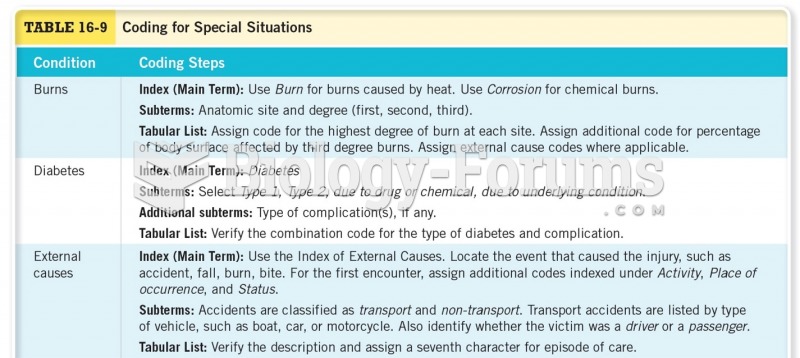Answer to Question 1
Many transactions are handled by telephone. All telephone relationships regardless of the
initial contact system your organization uses require special consideration. In almost all
cases, the customer expects speed, knowledge, courtesy, and action.
a) Speed: Since the customer has called rather than visited, he or she is interested in saving
time. Although the customer's expectation of a speedy response is frequently unrealistic, your
demeanor will affect the customer's attitude. Here are some professional guidelines to use
when answering the telephone:
i) Answer the telephone within three rings, sooner if possible.
ii) Start with a greeting such as Thank you for calling or Good morning.
iii) Identify your organization or department: Danville Symphony Orchestra or Reservation
Department.
iv) Identify yourself last: This is Jennifer. The caller is more apt to remember your name if
you give it last.
b) Knowledge: If you have answered the call, it is important to find out quickly what is being
requested. Do not assume that the first statement or request is the customer's primary motive
for calling; getting to the main reason may take a while. Respond in those areas in which you
are qualified, and quickly redirect the customer to other staff members if necessary. If
possible, after making the transfer, check to find out whether the transfer occurred. There is
nothing more frustrating to a customer who has called long distance than to be transferred to
another extension and get a busy signal, or to be accidentally disconnected.
c) Courtesy: Always use a respectful tone when answering calls from customers. Maintaining
a courteous tone can be difficult, especially when the day grows long or the customer
becomes hostile. However impatient and frustrated you become, remember that each call is a
new situation to the caller. No matter how far up or down the chain of command you are, a
customer remembers discourtesy and often the name of the person who was discourteous.
d) Action: When you make a commitment to a customer, make sure that you keep it. If you
promised to replace a defective product, do so as soon as possible. Broken commitments
foster distrust.
Answer to Question 2
Some companies designate an employee, such as a receptionist, to greet visitors. However,
almost all employees come in contact with customers. Chances are, no matter which field you
choose, you will have interaction with customers. You should, therefore, be familiar with the
basic procedures for meeting the public.
a) Give prompt attention to visitors: Recognize a visitor's presence immediately. Even if you
are busy, interrupt your work for a moment to smile and say to the new arrival that you will be
with him or her in a moment.
b) Be courteous to all visitors: Every visitor should receive friendly and courteous treatment,
regardless of the purpose of the visit. Even if the visitor is upset about something and acts
accordingly, you must overlook any discourtesy and show that you are concerned. Even if you
can do nothing about the situation, you can listen in an understanding way to the complaint.
Treating an annoyed customer discourteously will only make the situation worse. Your
courteous attitude is likely to help calm the visitor and give your organization a chance to
make amends.
c) Apologize for delays: If someone cannot keep an appointment, you should explain the
delay. You should tell the visitor about how long the wait will be. A selection of current
magazines and the day's newspaper should be available, and you should offer a cup of coffee
if it is convenient to do so.
d) Find out the purpose of the visit: Almost every visitor will have an appointment with a staff
member of the organization. If the visitor has no appointment, request the person's name, the
name of the organization he or she represents (if any), and the purpose of the visit. Relay this
information to the person who you think can be of most help to the visitor. After getting
permission to show the visitor in, invite him or her to follow you to the appropriate office.
e) Be discreet and tactful: Protect the privacy of both your manager and your organization by
being discreet in your comments to visitors. Also, avoid making conversation about your
organization's business or personnel. Be discreet in giving any opinions solicited by the visitor.







